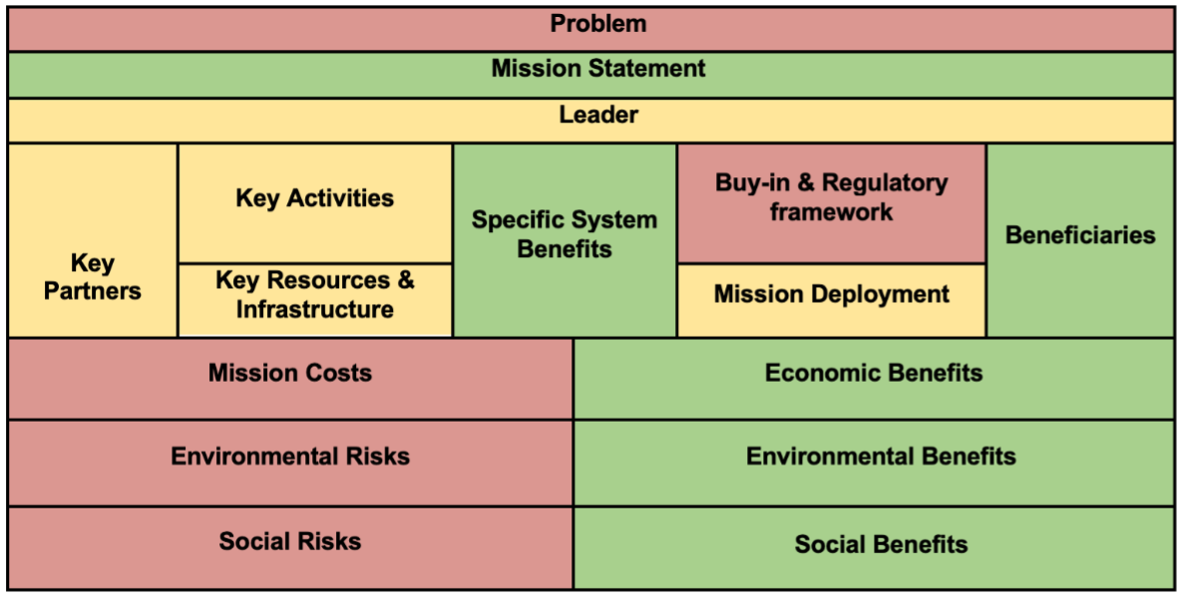EU-SysFlex Blog: Exploitation of the project’s selected results
14.02.2022NewsAs the EU-SysFlex project comes to an end, the research team at ESADE Business School reflects back at its project deliverables and the key conclusions from the work it had completed along with the project partners.
To address the technical issues faced by the European electricity grid as its share of renewables is set to increase to 50% by 2030, a wide number of demonstration projects were conducted as part of the EU-SysFlex project. Of these, five demos – here referred to as exploitable results (ERs) – were chosen for further assessment with their route-to-market analysed. The selections were based on the market potential of the proposed solutions to these technical issues, and the geographical, regulatory and political consideration pertinent to the countries in which the ERs were deployed.
These opportunities were evaluated using a number of business modelling tools, including the Business Model Canvas (BMC), the Value Creation Ecosystem (VCE) and the Electricity System Improvement Canvas (ESIC) (Figure 1), the latter two of which were developed by the research team and applied for the first time in the electricity system in EU-SysFlex to better visualise the value exchanges which occur between all stakeholders involved in any given solution (i.e. VCE), and the improvements, whether economic, social and/or environmental, brought about by the solutions to the beneficiary stakeholders and to the business ecosystem as a whole (i.e. ESIC).

ESADE’s work focused on five different topics related to the electricity system, including the implementation of Virtual Power Plants (VPP) packages (project partner: Siemens Energy, Portugal), aggregation of small-scale distributed energy resources (DERs) such as electric vehicle (EV) chargers and battery energy storage systems (BESS) as flexibility-providing assets (project partner: Helen Oy, Finland), introduction of a traffic light qualification (TLQ) for a more coordinated communication between DSOs and TSOs when activating replacement reserves (project partner: InescTec, Portugal), development of a coordination mechanism for better congestion management (project partner: MITNETZ-STROM, Germany) and implementation of a data exchange platform that makes energy data across European countries interoperable (project partner: Elering, Estonia).
The demos showed that while some solutions could bring about commercial value to the project developer and other stakeholders in the business ecosystem, others are focused on bringing improvements to the system as a whole and generating cost savings for some of the stakeholders.
Moreover, a few emerging trends from ESADE’s work are worth highlighting, including:
- The future of EU power systems will provide promising opportunities for technology/software developers to create value and gain profit, as found in 4 out of the 5 ERs explored (i.e. VPP package and TLQ tools in Portugal, congestion management software in Germany and a European-wide energy data interoperability platform).
- To promote this participation and facilitate commercial opportunities, it will be necessary to revise and amend some existing regulations, as was found in all 5 ERs.
- Some solutions could be financially viable, even under current market conditions, as was the case for Helen Oy’s aggregation of industrial-scale BESS.
- In some other instances, such as for InescTec’s TLQ in Portugal, MITNETZ STROM’s congestion management solution in Germany and Elering’s data exchange platform, it is clear that value is created and a stakeholder who is willing to capture a portion of this value is needed. This stakeholder should orchestrate coordination amongst all stakeholders involved and commercially deploy the solution. In the case of InescTec’s TLQ in Portugal, the research team recommends that a business developer should be included to assume this role and lead the deployment of the solution.
Based on the analyses above and following an inductive approach, the research team has developed an ‘Exploitation Dashboard’ which includes the key common elements which are to be assessed when considering bringing any of these solutions to the market and/or exploring their potential scalability and replicability. These elements include: 1) beneficiaries and value proposition(s), 2) regulatory framework, 3) stakeholders’ buy-in, 4) market potential and economic viability of the solution, 5) competitiveness of the solution in the market, 6) key partners needed to deploy the solution, and 7) issues related to business protection such as intellectual property rights. This exploitation dashboard is recommended for use by stakeholders willing to deploy a technically-feasible solution for an electricity system problem.
Written by: Jordi Vinaixa, Hasan Muslemani and Winnie Vanrespaille from ESADE Business School.
ESADE is one of the world’s most prestigious academic institutions. ESADE programs cover the entire professional cycle (from recent graduate to experienced professional). The business management teaching and research at ESADE is internationally renowned. ESADE offers courses in Management Studies that rely upon various academicians, institutions and research centres, and groups, who focus on entrepreneurship, innovation, leadership and governance, management, skills and knowledge, business social responsibility, economic law, branding, etc. ESADE has pioneered research in creativity and learning, innovation, entrepreneurial skills and management practices.
For further information please follow us on LinkedIn, Twitter and Facebook.
Disclaimer: blog entries reflect individual views of the author(s) that may not reflect official positions or communication of the project / project consortium.